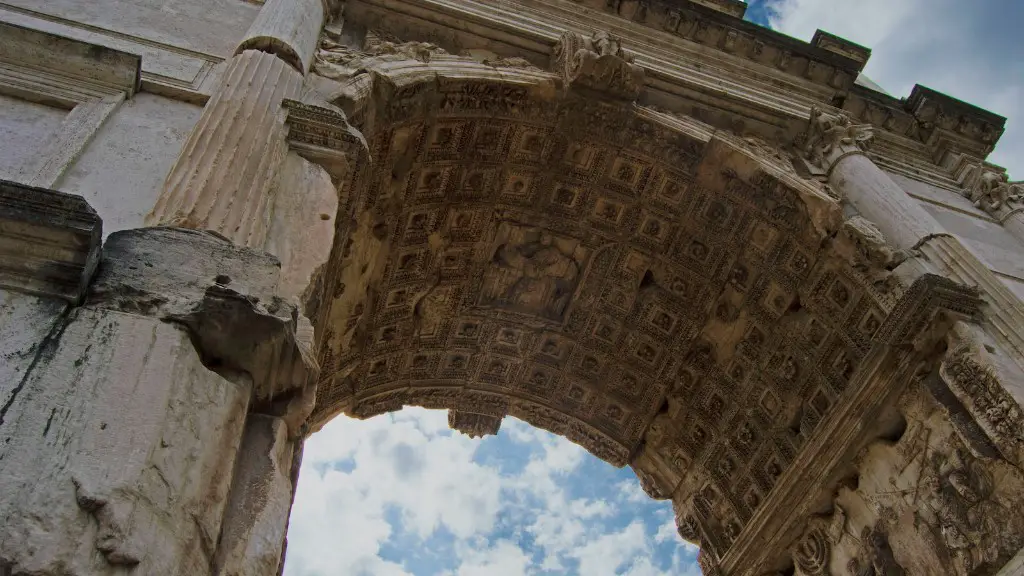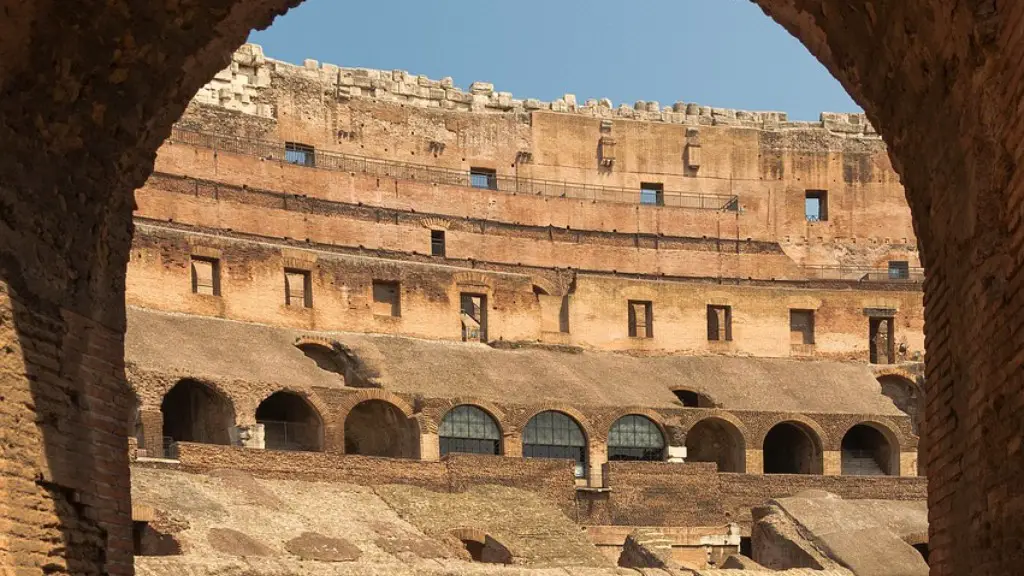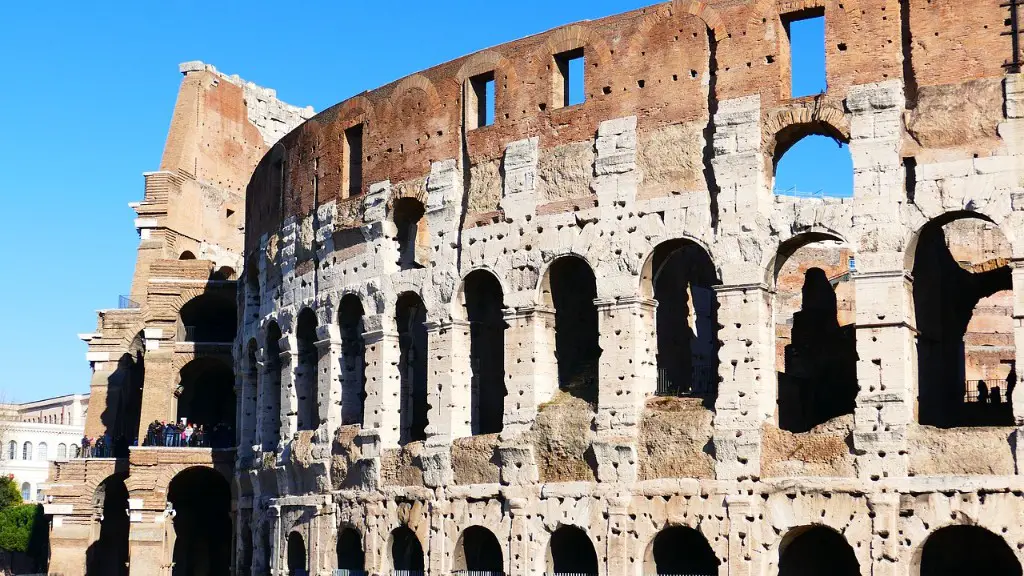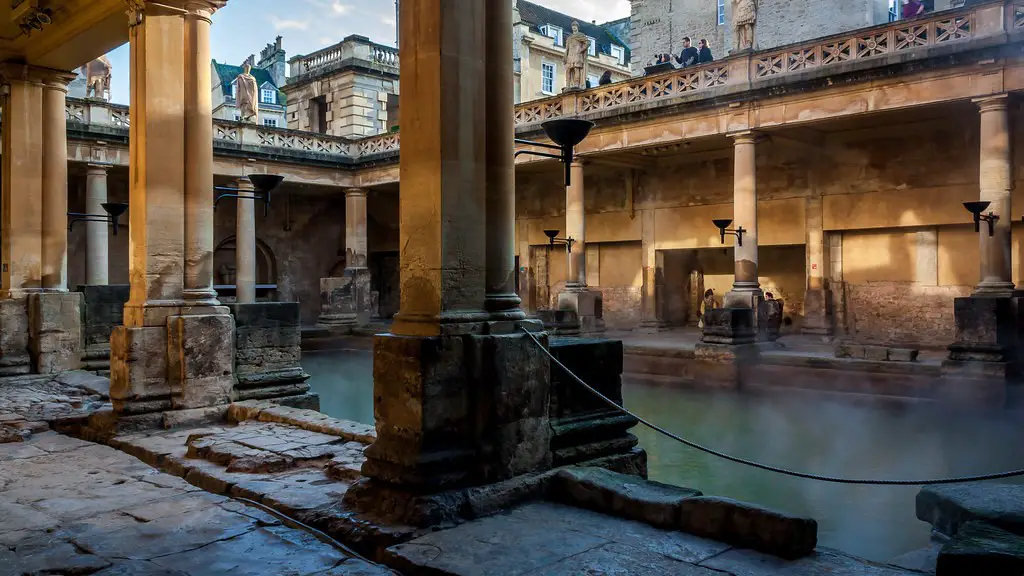Production of Iron and Metals in Ancient Rome
The majority of metals used by the ancient Romans for tools and weapons were acquired from their colonies in Europe and Asia. Iron, in particular, was produced mainly via smelting ore, which was located in the region of Campania, Italy. The process of obtaining iron in the Roman Empire was a very labor-intensive task and involved the following steps: digger miners would extract the ore, miners would then roast the ore in order to separate the metal into a mass, and once the mass was produced, it was transferred to a furnace to further refine the ore into metal.
The first step of obtaining iron was the digging of a mine. The miners were either slaves or paid employees of the state and it is believed that miners worked in very harsh conditions. Miners with satisfactory production rates experienced bonuses and pay rises; those who failed to reach their targets were harshly and possibly brutally punished. The amount of ore that could be extracted and taken to be smelted also determined the success of a mine.
After the ore had been extracted from the mine, it would be transported to an area for further refinement. At this stage, the process of smelting ore began with the burning of charcoal. This step would separate the ore from the non-combustible impurities, allowing the metal to separate into a mass, rather than small particles of metal which would need to be separately extracted. This process was often complicated by the limited amount of technology available to the ancient Romans, who mainly relied on traditional forms of smelting and refining.
After the ore had been effectively separated, it would then be transferred to a high temperature furnace. This process would eliminate most of the non-metal impurities and further increase the temperature of the metal, until it reached a molten state. For the final stage of refinement, iron could be poured into moulds and when cooled, could be used to produce an array of tools, weapons and architectural components.
Iron Tools and Weapons in Ancient Rome
Iron was used widely in many different aspects of life during the era of ancient Rome. Iron tools and weapons were used to expand the empire through warfare and conquest, as well as used to build monuments and sculpture or simply used in everyday life. Some of the most commonly used iron tools in ancient Rome were the plough, hoe, spike, hammer and auger.
In addition to tools, iron was also used to make weapons and armour for warfare. This included swords, shields, spears, helmets and other military paraphernalia. By the 3rd century BC, use of iron weapons had become widespread, prompting the necessity to refine techniques of smelting and refining ore, in order to produce more of the metal.
Substantial amounts of iron were also used in the constructions process of many different architectural components during antiquity. This included parts such as roofing panels, doorframes, hinges, tiles, grills and other items that were needed to construct large buildings, monuments and other structures.
The use of iron during the age of Ancient Rome is hard to overstate. From tools, weapons and architecture, to minor items such as clothing adornments, it is arguable that the success and power of the Roman Empire was dependent on the quantity and quality of the iron which was produced and utilised.
Conclusion of Iron Age in Ancient Rome
The Roman Iron Age began around the 8th century BC and concluded in the 5th century AD. While metal from other sources was also used, it is believed that iron was the primary metal utilised throughout the Roman Empire. It was used in method of warfare, architecture and everyday life due to its properties of strength and versatility.
As the economy of the empire advanced, the process of extracting and smelting iron also improved. Innovation in the extraction and smelting process allowed for the production of larger amounts of iron, which in turn enabled the Roman Empire to produce more weapons and tools to aid them in warfare and expansion.
The use of iron in Rome also helped to increase their population due to the development of arable land and the amount of food that could be produced. This in turn propelled the Roman Empire to its peak of success; its power and influence, stretching across two continents, is testament to their achievements.
Economic Impact of Iron in Ancient Rome
The economic success of the Roman Empire can largely be attributed to their use of iron. The production and distribution of this metal enabled the Romans to construct effective tools which were used to develop more land for farming and to build roads, which connected the Empire by way of commerce and trade.
The production of iron also allowed for the growth of industries such as armaments and architecture. This in turn, would have allowed for the establishment of larger and more powerful armies, and with them, the ability to expand and maintain their territories further.
The use of iron in ancient Rome ultimately enabled them to achieve almost unprecedented power. Iron tools allowed the empire to create roads, build monuments and conquer foreign lands, allowing them to become one of the most powerful and impressive civilisations in history.
Social Impact of Iron in Ancient Rome
Iron began to become integral to everyday life during the Roman Empire, allowing for the expansion and augmentation of other areas of society. Technology and materials used in the constructions of objects such as weapons, tools, pottery and mosaic tiles improved, raising the standard of living of all Roman citizens.
The Roman Empire also constructed many public works such as aqueducts, temples and other impressive edifices. This not only increased the power and influence of the Empire but it caused a shift in everyday life; a new level of sophistication and grandeur emerged, and with it a new way of living which was admired by others.
As the Roman Empire continued to rise in power and prosperity, so too did its fascination and admiration for iron tools and objects, with many decorative items and everyday tools being made from the metal. This admiration extended to other cultures who soon began to replicate Roman style tools, weapons and architecture to use in their own civilizations.
Decline of Roman Iron Age
The decline of the Iron Age in Rome began with the wars of the 3rd century AD; due to the heavy losses suffered, the Empire began to experience a decrease in demand for iron tools and weapons. This forced many of the smelting and refining factories to close and the associated industry to go into decline.
The fall of the Roman Empire also hastened the decline of iron production; with their infrastructure and economy in disarray, the production of iron ceased and many of the factories which were producing it were abandoned. This caused iron to become scarce throughout many of the regions, leading to a decrease in the number of iron tools and objects which were used by Roman citizens.
Eventually, the Iron Age came to an end in the 5th century AD and the use of iron began to dwindle in importance. This was largely due to the fact that other materials and methods for the production of tools and weapons had emerged, rendering the use of iron obsolete in most aspects of everyday life.
Influence of Iron in Ancient Rome
The influence of iron during Roman antiquity is undeniable; it was essential for the expansion of their empire, for the improvement of technology and for the development of tools, weapons and architecture. The Romans were ahead of their time in understanding the properties and refinement of this metal and their success, politically and economically, is testament to their abilities.
Iron and its production also enabled the people of Rome to lead a more comfortable life, as they were able to utilise the metal to improve their levels of technology and construct more efficient buildings and monuments. This enabled them to expand the scope of their civilisation, surpassing those of surrounding cultures who did not possess the same level of knowledge.
Without the use of iron, it is unlikely that the Roman Empire could have grown to the same level of success and power. Its influence on the world at this time can’t be understated, and its contributions to modern society are still being felt in the present day.





